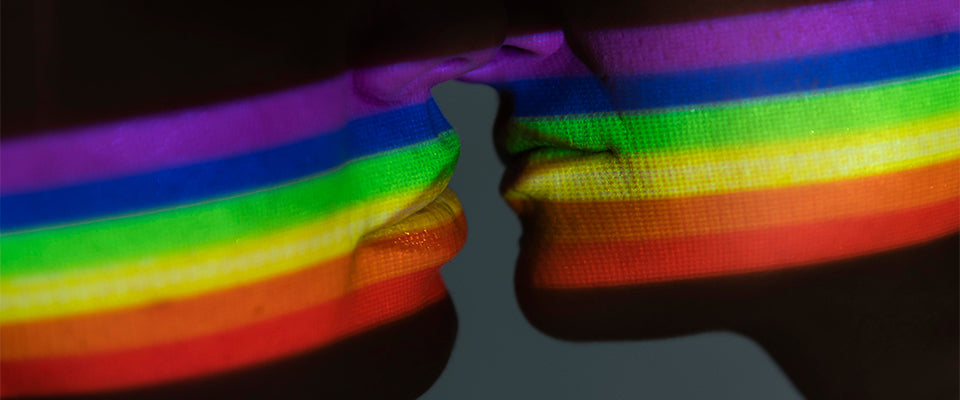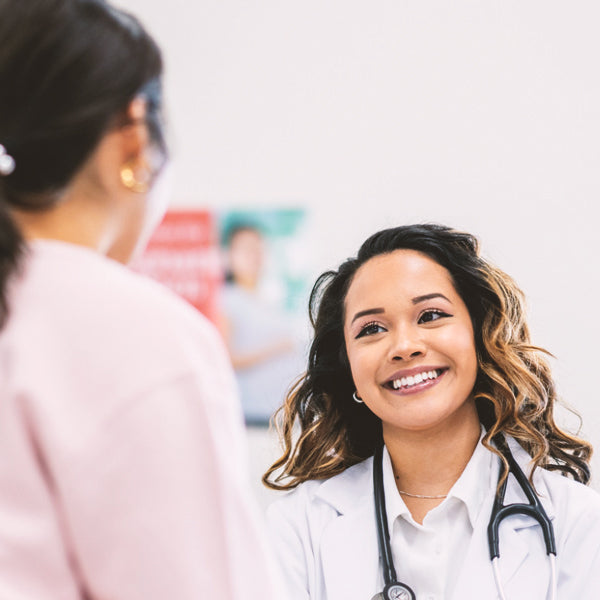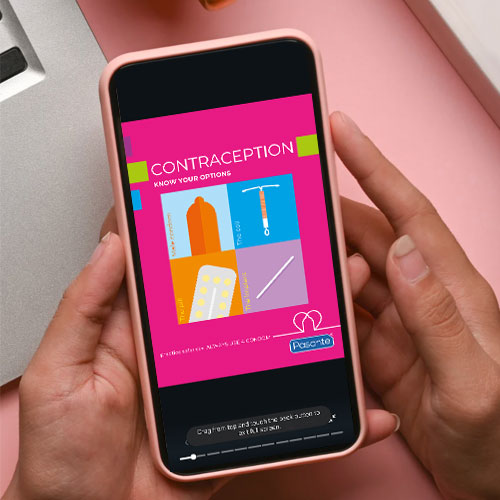
Sex Ed: Protecting your sexual health as an LGBTQ+ individual
Share
Having sex, whether for the first time, in a new relationship, or in a current relationship can present many challenges for LGBTQ+ individuals. Public Health continues to show that those from the LGBTQ+ community are at considerably higher risk of contracting HIV and other sexually transmitted infections, such as chlamydia, gonorrhoea, and syphilis. Therefore, knowing how to protect your sexual health as LGBTQ+ individuals has never been more important.
With this in mind, let’s find out more about sexuality and how to protect your sexual health as an LGBTQ+ individual.
Sexuality
Do you know your sexuality? Or are you struggling to identify where you belong? No-one knows why some of us are attracted to one gender, while others may be attracted to different types. If you’re curious about your sexuality - here’s a simple breakdown that may help you with your identity journey. Remember though; not everyone will fit into one of these labels and it’s okay if your sexuality changes over time. All that really matters is that you feel happy and secure with who you are, who you are attracted to and that you know how to protect your sexual health as a LGBTQ+ individual.
Heterosexual: Women who are attracted to men, or men who are attracted to women
Gay: Men who are attracted to other men
Lesbian: Women who are attracted to other women
Bisexual: Women / Men who are attracted to both genders
MSM: Men who do not identify as gay, but who have sex with other men
Pansexual: People who are attracted to other people, regardless of gender
Asexual: Those that don’t feel sexually attracted to anyone and may have no desire to have sex
Demi-sexuality: A sexual attraction occurs only when an emotional connection is felt
Queer: Sometimes used to refer to non-heterosexual sexualities or non-cisgender identity
How to protect your sexual health as an LGBTQ+ individual
Use protection
Practising safe sex is an important part of having a healthy sex-life, whether you identify as LGBTQ+ or not. One of our favourite ways to protect LGBTQ+ sexual health is through using condoms. Condoms, internal condoms or dams are an effective way to protect yourself from catching sexually transmitted infections, HIV and prevent unwanted pregnancy as they act as a barrier between genitals, stopping sexual fluid from being transferred, Condoms come in all shapes and sizes and can be used for anal, oral, penetrative sex or with sex-toys. They are widely available, cost-effective and can enhance sexual pleasure. With so many benefits, it’s easy to see why condoms are a regular part of many people’s sex-life.
Have regular sexual health tests
It’s important to have regular sexual health tests as a LGBTQ+ individual - these can be done in the form of a blood test, urine or swab. Having regular HIV tests and STI tests are an essential part of an LGBTQ+ individuals sex-life as they help to reduce the risk of transmission and protect our sexual health. Knowing your HIV status is a simple and easy process - usually a quick prick on the finger.
Advice from public health states that;
- Women and other people with a womb or ovaries under the age of 25 should have a Chlamydia test annually or on change of a sexual partner.
- Gay, bisexual and other men who have sex with men (GBMSM) should have an annual test for HIV and sexually transmitted infections every three months, if having condomless sex with new or casual partners.
Pre-exposure prophylaxis (PrEP)
Pre-exposure prophylaxis (PrEP) is a medication that can be taken by LGBTQ+ individuals to reduce the transmission of HIV in order to protect your sexual health. PrEP contains two antiretroviral drugs; tenofovir and emtricitabine and can be taken when you are HIV negative, but are at high risk of contracting HIV - this could be for men who have sex with men, those having condomless sex, or partners of a HIV positive person who’s viral load is not suppressed as well as many other scenarios. If the HIV virus enters the body, the medication blocks the virus from replicating, thus reducing the risk of contracting HIV. It can be picked up free from most sexual health clinics.
Post-exposure prophylaxis (PEP)
Post-exposure prophylaxis (PEP) is a medication that is taken by LGBTQ+ individuals if you are at risk of contracting HIV and think the virus may have entered your body. It should be taken up to 24 hours after risk of HIV, but can be taken up to 72 hours. It’s not guaranteed to always work, so shouldn’t be used as a type of morning-after pill, but it’s used as a last resort. PEP can be picked up for free at your local sexual health clinic if you meet the guidelines.
Stay undetectable
Individuals who are HIV positive need to ensure that they have an undetectable viral load, which means they are unable to pass the virus on to another person. A viral load refers to the amount of HIV that is found in the bloodstream, with evidence showing that the likelihood of passing HIV on is linked to the amount of virus in the blood.
The antiretroviral treatment works by reducing the amount of virus in the bloodstream to undetectable levels - preventing the risk of transmission of HIV - in the UK, this usually means a viral load below 20 copies/ml.
To find out more about viral load and undetectable levels, click here
Therefore, if you’re an LGBTQ+ individual looking to protect your sexual health, remember that condoms help prevent the spread of HIV and sexually transmitted infections, while regular sexual health check-ups are key to reducing the transmission of HIV and sexually transmitted infections.



